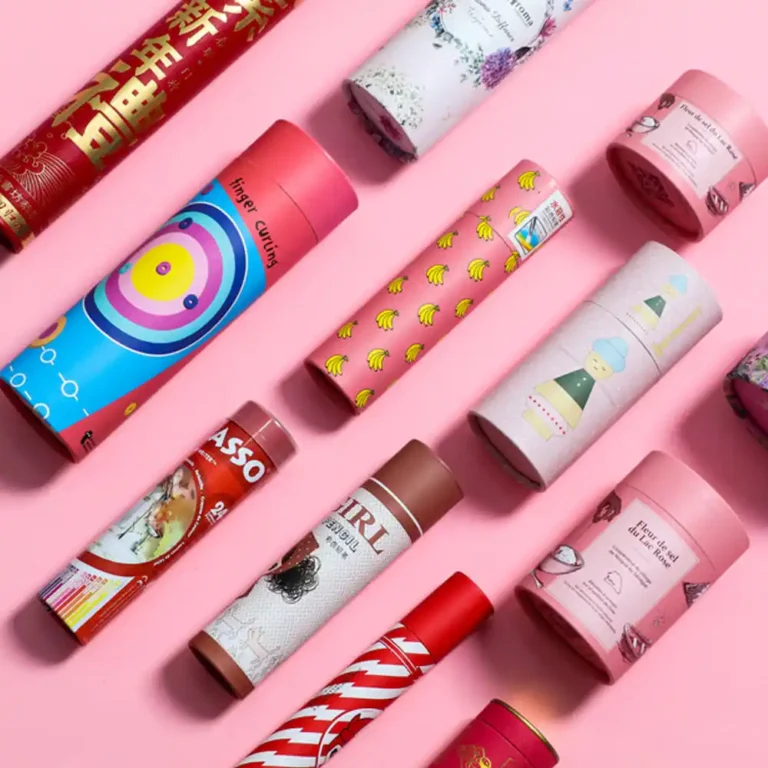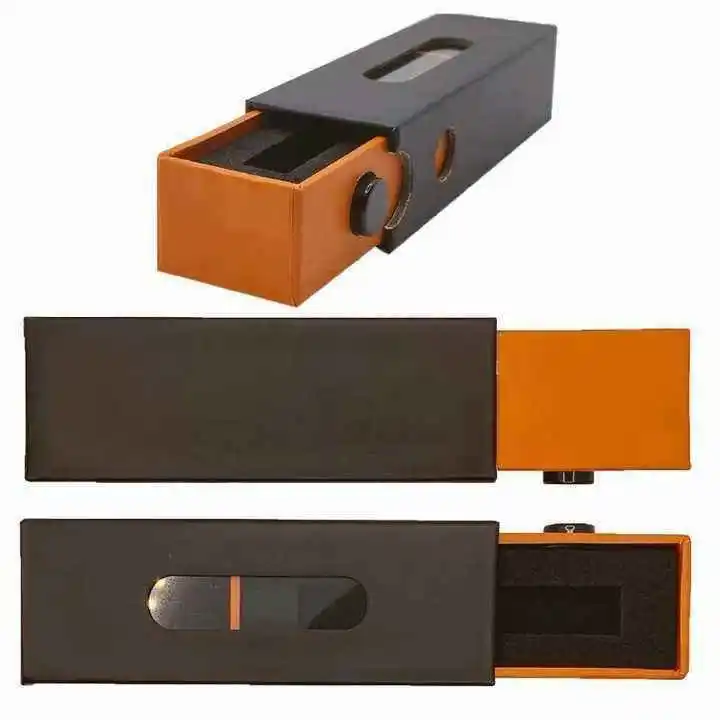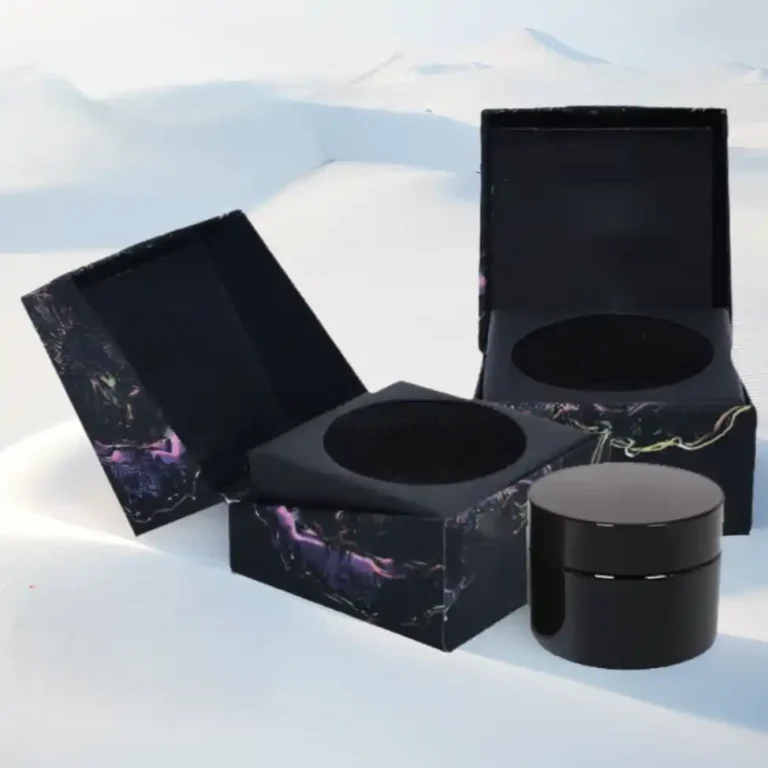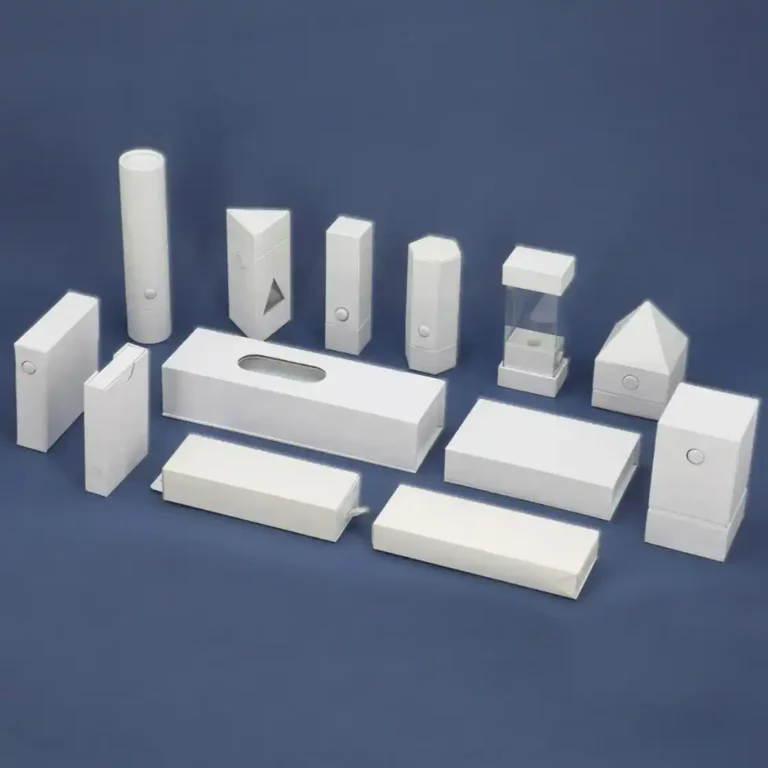The Ten Golden Rules of Gift Box Budgeting
Abstract
When budgets are tight, the smartest gift packaging teams don’t start with price—they start with structure, materials, and the human moment of unboxing. Below are ten pragmatic rules that help you control spend, protect margins, and still create a box people love to keep. Each rule ends with a quick checklist you can apply on your next brief.
Table of Contents
1. Material selection: the core variable with a cost share of 40%
Paperboard grade, surface finish, and inserts typically dominate the budget. Treat substrate choice as a design decision, not a procurement afterthought. For premium looks at controlled spend, compare rigid board with engineered alternatives (folding formats, hybrid inserts) before you lock the dieline. Explore category-appropriate ranges like paper gift boxes for rigid sets and folding cartons for lighter SKUs.
Material budgeting checklist
- Map the “must-have” tactile cues (matte, texture, soft touch) to one substrate.
- Replace heavy foam with molded pulp or card where protection allows.
- Lock insert material early—late swaps ripple through the BOM.
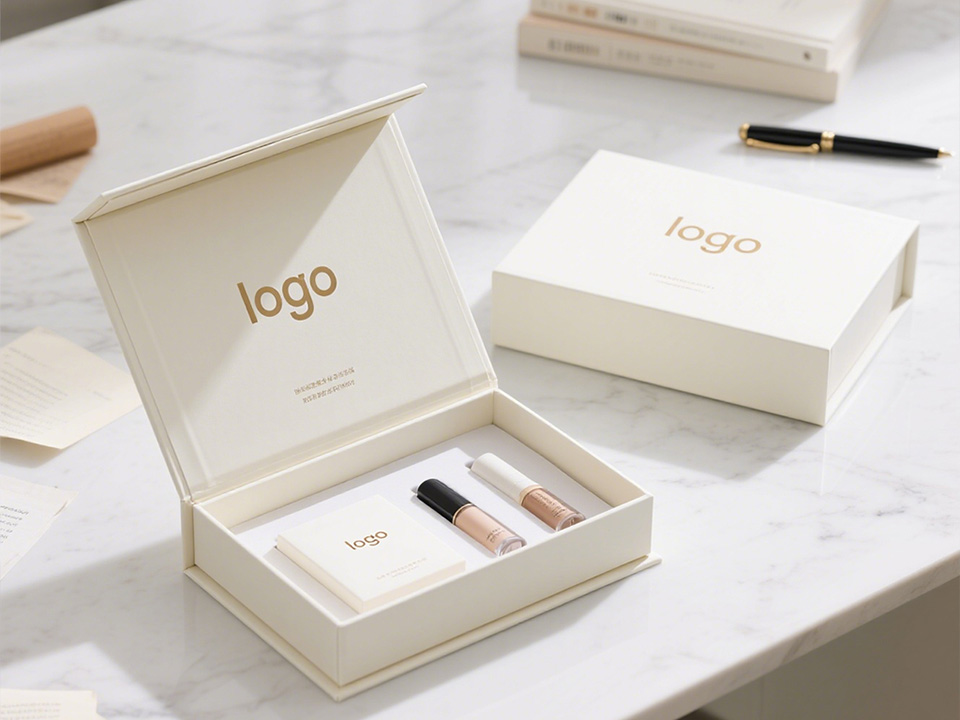
2. Structural complexity: the cost of each additional opening and closing component increases by 18%
Every added flap, drawer, magnet, hinge, or ribbon introduces new tooling, assembly time, and QC steps. A “wow” moment is great; four “wow” moments compound fast. Favor one signature mechanic and simplify everything around it. If you need shelf impact, consider off-pack visibility with cardboard displays instead of adding complexity to every unit.
Complexity control checklist
- Cap moving parts to one hero interaction.
- Combine roles (closure = reveal) to avoid extra components.
- Prototype hand-assembly to catch hidden steps early.
3. Functional aesthetic balance law: hot stamping technology increases conversion rate by 23%
Finishes sell. Foils, spot UV, and textures signal value at first glance. Use them surgically—on logos, borders, and touchpoints—so you lift perceived quality without ballooning coverage. For “high sparkle” briefs, targeted finishes beat full-surface effects like all-over glitter.
Finish efficiency checklist
- Prioritize brand marks and edges for foils.
- Test contrast first (paper tone vs. foil shade).
- Keep artwork foil-friendly (continuous lines, no micro-type).

4. Transportation cost black hole: structural optimization can save 22% of logistics expenses
Unit volume drives freight. Knock-down formats and optimized nesting cut pallets and airspace more than any single material tweak. Collapsible constructions and lighter outers help you pay for design—not air. Compare rigid set-ups with printed corrugated boxes for e-commerce and paper gift bags for retail handover.
Freight optimization checklist
- Target a flat-pack or semi-collapsible option where feasible.
- Design to pallet modules (no orphan rows).
- Validate drop tests on the lightest possible outer.

5. Sustainable transformation paradox: The initial cost of bio-based materials surges by 45%
Eco moves can start higher before they pay back via brand lift and compliance risk reduction. Phase sustainability: start with right-weighting and mono-materials, then pilot bio-based or recycled content where performance fits. Use simple claims backed by your specs; avoid chasing every badge at once.
Sustainability ladder checklist
- Step 1: eliminate over-spec (board caliper, foam).
- Step 2: switch to mono-material where possible.
- Step 3: trial premium eco inputs on hero lines only.
6. Smart packaging revolution: NFC chip increases budget by 18% but interaction rate soars by 580%
Interactive packaging drives trial, registration, and repeat, especially for gifting. If you add electronics, let the storytelling earn its keep—unlocks, tutorials, or loyalty perks. For video-led concepts, benchmark against purpose-built solutions like video brochure packaging to align cost with impact.
Connected-pack checklist
- Define one KPI (signup, review, upsell) before adding tech.
- Place tags where users naturally touch.
- Keep the experience lightweight and mobile-first.
7. Consumer psychology game: the sense of unboxing ritual creates a 39% increase in willingness to pay
Ritual amplifies value: two-step reveals, tissue whispers, and a purposeful pause before the hero moment. You don’t need layers upon layers—just a clean sequence that slows the user for three seconds and frames the product.
Ritual design checklist
- Plan a 1–2–3 flow: outer → reveal → product.
- Reserve one sensory accent (sound, texture, scent).
- Ensure one-handed ease; rituals should feel effortless.
8. Policy compliance costs: EU green directive forces companies to increase budgets by 12%
Regulatory shifts reshape specs, labeling, recyclability, and extended producer responsibility. Budget for artwork updates, material qualifications, and documentation. Partner with a supplier fluent in target-market rules—especially for cosmetics, food, and electronics gift sets. Browse compliant-ready ranges such as child-resistant packaging when your category demands it.
Compliance readiness checklist
- Maintain a live compliance matrix per market.
- Prefit icons, disposal marks, and QR disclosures.
- File material declarations alongside your dielines.
9. Scale effect magic wand: 5,000 batches cause unit prices to drop by 47%
Volume resets the math. Bigger runs spread setup, printing, and make-ready time, unlocking premium finishes and custom molds that were out of reach at small batches. If your forecast can’t justify one large order, consolidate variants behind a shared structure.
Scale leverage checklist
- Standardize footprints across SKUs.
- Group finish passes (same foil, same run).
- Lock a “platform box” and swap only sleeves or inserts.
10. Data-driven decision-making: AI design system increases the probability of a hit by 3.2 times
Use rapid A/B prototypes, eye-tracking proxies, and conversion tests to pick winners before mass run. Feed learnings back into dielines, finishes, and copy. Treat packaging like a product with sprints, not a one-shot art piece.
Analytics workflow checklist
- Pre-test 3–5 fronts at postcard scale.
- Track add-to-cart lift by variant in small drops.
- Roll the leader into your mainline with minor tweaks.
Summary
Gift box budgeting isn’t a tug-of-war between beauty and cost—it’s a choreography of materials, structure, logistics, compliance, and the micro-dramas of unboxing. Start with the substrate, crown one interaction, right-weight for freight, phase sustainability, only add tech with a goal, and let data choose the final jacket. For execution depth across categories, explore paper gift boxes, folding cartons, printed corrugated boxes, video brochure packaging, child-resistant packaging, paper tube packaging, and holographic gift boxes. To discuss a tailored path, visit our homepage.






